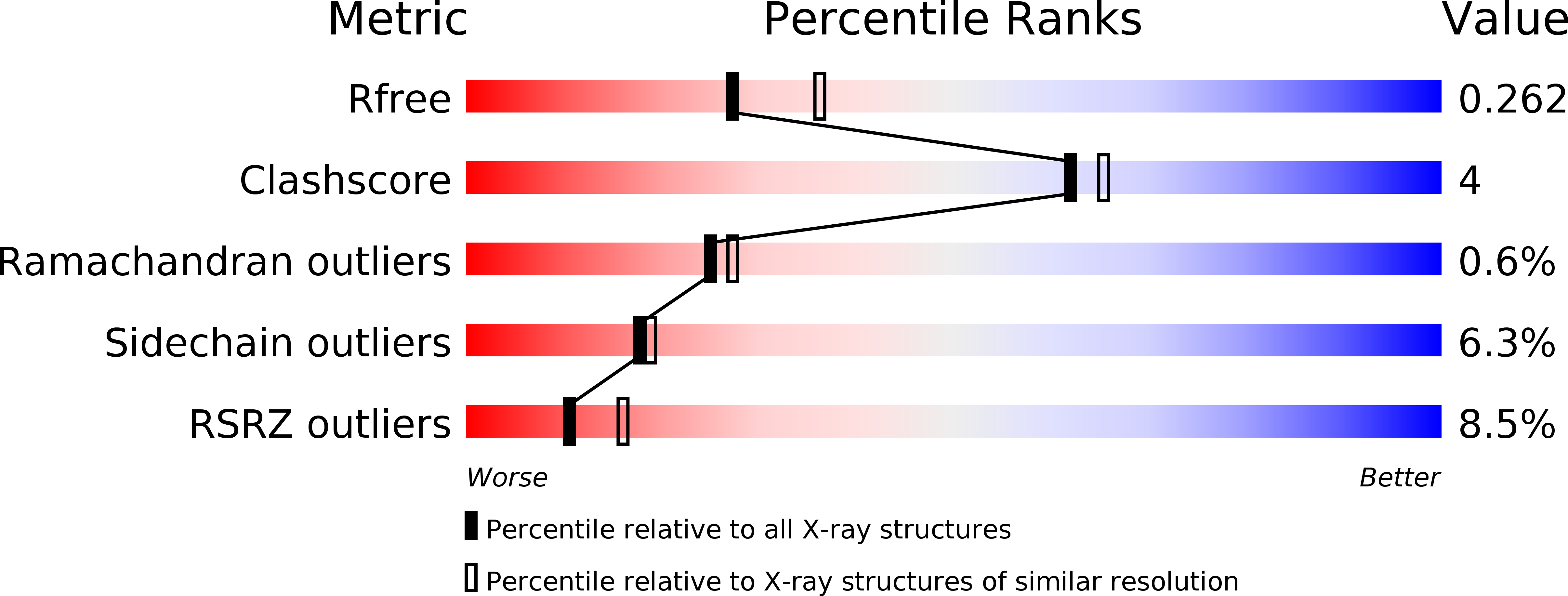
Deposition Date
2017-03-24
Release Date
2017-05-31
Last Version Date
2024-10-30
Entry Detail
PDB ID:
5VAD
Keywords:
Title:
Crystal structure of human Prolyl-tRNA synthetase (PRS) in complex with inhibitor
Biological Source:
Source Organism:
Homo sapiens (Taxon ID: 9606)
Host Organism:
Method Details:
Experimental Method:
Resolution:
2.36 Å
R-Value Free:
0.26
R-Value Work:
0.19
R-Value Observed:
0.19
Space Group:
P 1 21 1


